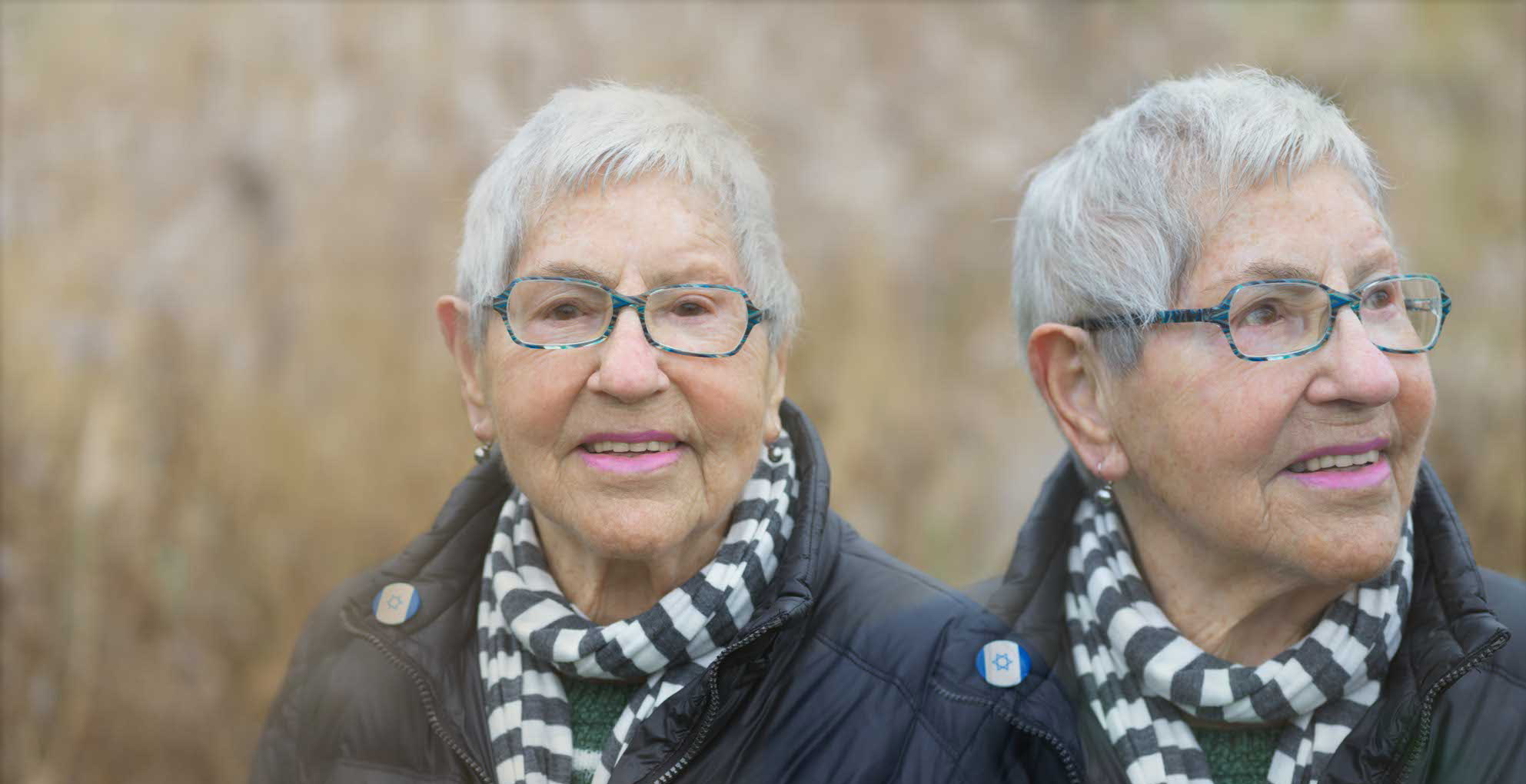Lea Gleitman

Lea Gleitman - Holocaust Eyewitnesses in Malmö..
"I hope future generations continue to tell our story"
- I was barely 15 years old when Germany invaded Poland. After a few days, the Germans arrived in our city. Immediately, the anti-Jewish laws came into force.
- They closed Jewish shops, confiscated Jewish property, we were excluded from schools, were not allowed to stay in public places, did not use public transport and had to wear an armband with the Star of David. Mother Szprince, my siblings Miriam, Wowek, Balcia and I were moved together in a ghetto along with thousands of other Jews. Father Jojne had to flee and went east to the Soviet Union. In December 1941, we received one last letter. Then we never heard from him again. He was very likely shot and thrown into a mass grave.
- On August 12, 1942, the order came from the German authorities that all Jews should report to an outdoor arena. We sat there, my family with 30,000 other Jews, directly on the ground for two days in the rain. Then we were called over as a family to a German officer at a table. He pointed: right-left. Right meant work and left meant death. All children and the elderly were sent to the left and young adults to the right. That was the last thing I saw of my mother and little sister. I later learned that most of my family had been sent to Auschwitz and gassed to death immediately upon arrival.
- I was sent to a forced labour camp in Gräben in East Germany. There I had to work hard for a year and a half in twelve-hour shifts at a factory with dangerous machines.
- In December 1944, the Soviet troops were advancing and the camp was emptied. We were sent out into the severe winter cold on a death march without food, with thin clothes and shoes, surrounded by German soldiers, who were constantly shouting "schnell, schnell", fast, fast. Many died along the way. After two weeks we had to ride in a cattle wagon for five days. We arrived at the Bergen-Belsen concentration camp and were placed in wooden barracks. We lay directly on the cold dirty floor and barely got anything to eat or drink. Typhoid, diarrhoea, hunger, cold and lice on our bodies took the lives of most people. We looked like living skeletons. The dead, dying, and sick laid together on the floor. Outside, mounds of corpses laid in front of each barrack. They were not buried and just laid there until liberation.
- In spite of it all, I survived but around 50,000 others did not. On April 15, 1945, we were liberated by British troops. The soldiers cried when they saw us. Of my entire beloved family, only my sister Miriam, my cousin Rachel, and I survived.
- In 1946, I came to Malmö. It was easy to get a job then. Slowly life came back and we learned to live with our painful memories. We believed that anti-Semitism was gone forever now that the world had seen the consequences. In the late 1980s, Holocaust deniers in Sweden and other countries began to claim that the Holocaust had never taken place. We survivors felt outraged and thought we needed to do something.
- In 1991 we formed the information group Eyewitnesses of the Holocaust (Förintelsens Ögonvittnen) in Malmö. We were 20 survivors who visited schools and told what we had been through. It was difficult at first and I had to call it off at times when I choked up. But over time, I learned to deal with it thanks to the support of students and teachers. After a lecture, the students used to approach me, give me a hug and cry. I received many grateful letters in which the students told me about what my story had made them feel.
- Over the years, we survivors have become fewer and fewer. Now, I am the only active one left. I hope that the second and third generations will take over after us and continue to tell our story. We must not forget!
Sidan senast uppdaterad: